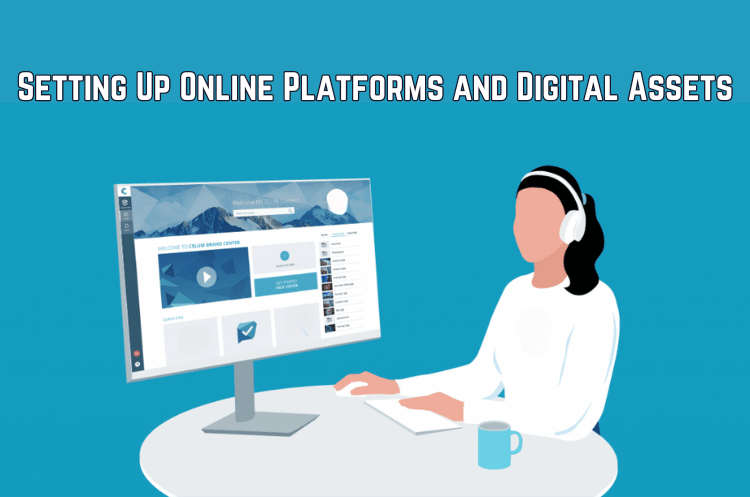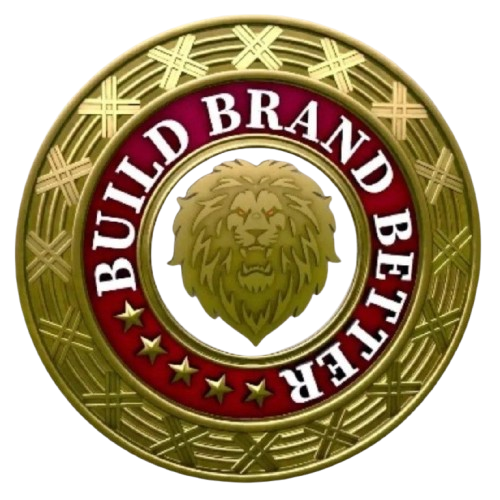
The Comprehensive Guide to Personal Branding
In a world where our digital footprints often precede our physical presence, personal branding has emerged as a powerful tool for success. It’s not just for celebrities or CEOs; personal branding is something everyone can and should cultivate. Your personal brand is what sets you apart, defines your professional identity, and influences how others perceive you. In this comprehensive guide, we’ll break down the steps to help you create a personal brand that is not only authentic but also instrumental in achieving your personal and professional goals.
Defining Your Desired Image
Creating a personal brand starts with a clear vision of how you want to be perceived. Think of it as curating your own image gallery, where each aspect represents a facet of your personality. Identify your core strengths, unique style, and what makes you stand out. This clarity will be the foundation upon which you build your personal brand.
Showcasing Your Unique Offerings
What makes you, well, you? Whether it’s a particular skill, a passion for a specific subject, or a unique approach to problem-solving, these are the elements that make up your personal brand. Focus on showcasing these unique offerings — they are your secret sauce that will draw people to you and keep them interested.
Knowing Your Audience and Competition
Understanding your audience is crucial in tailoring your personal brand effectively. Who are you trying to reach? What are their preferences? Analyze your competitors in the field to identify gaps in the market. This not only helps you refine your own brand but also positions you strategically within your industry.
Establishing a Consistent Tone of Voice
Consistency is key in personal branding. Your tone of voice, whether it’s formal, casual, or somewhere in between, should be consistent across all your communications. This consistency builds trust and familiarity, making it easier for people to remember and recognize your brand.
Developing a Distinct Font and Color Palette
The visual elements of your brand, such as color and typography, play a significant role in shaping perception. A distinct font and color palette can evoke specific emotions and create a memorable visual identity. Tools like Canva offer templates for various color schemes, making it easy to infuse your personality into your visual elements.
Setting Up Online Platforms and Digital Assets

In the digital age, online presence is non-negotiable. Create and optimize your profiles on platforms like LinkedIn, Twitter, and Instagram. Each platform has unique requirements, so tailor your content accordingly. Consistent branding across all platforms reinforces your identity and makes you more memorable.
Creating Physical Deliverables
In the midst of the digital revolution, don’t underestimate the impact of physical deliverables. Business cards, letterheads, and other print materials can enhance your brand during in-person interactions. Free design templates can be a valuable resource in ensuring your physical materials align with your digital presence.
In conclusion, personal branding is not a one-time task; it’s an ongoing process of self-discovery and refinement. By thoughtfully considering your image, understanding your audience, and maintaining consistency across various elements, you can create a personal brand that leaves a lasting impression.
Looking for professional assistance in managing and enhancing your online reputation? Consider partnering with Build Brand Better, a leading online reputation management company. We specialize in crafting and maintaining strong personal brands, ensuring you make a positive impact in the digital realm. With Build Brand Better, let’s shape your online narrative for success!
FAQ
Q1: What is personal branding, and why is it important?
A1: Personal branding is the intentional effort to create and influence the public perception of an individual. It’s about showcasing your unique qualities, skills, and personality to distinguish yourself in personal and professional contexts. In today’s digital age, personal branding is crucial for building a positive reputation, making a lasting impression, and achieving success in various aspects of life.
Q2: How do I define my desired image for personal branding?
A2: Defining your desired image involves identifying your core strengths, unique style, and what makes you stand out. Consider how you want people to perceive you personally and professionally. Think about the values you want to convey and the qualities that set you apart from others. This clarity will serve as the foundation for your personal brand.
Q3: What are some unique offerings that I can showcase in my personal brand?
A3: Your unique offerings can include specific skills, passions, or approaches to problem-solving. It could be anything from a talent for creating engaging content to a deep passion for a particular industry or cause. Focus on what makes you genuinely unique and use these elements to create a memorable and authentic personal brand.
Q4: How do I identify my target audience for personal branding?
A4: Understanding your target audience involves considering who you want to reach with your personal brand. Think about the demographics, preferences, and characteristics of the people you aim to connect with. This knowledge helps tailor your brand effectively and ensures that your message resonates with the right audience.
Q5: Why is consistency important in personal branding?
A5: Consistency in personal branding builds trust and familiarity. Whether it’s your tone of voice, visual elements, or online presence, maintaining a consistent image reinforces your identity. This consistency makes it easier for people to recognize and remember your personal brand, contributing to a strong and lasting impression
For more Blogs:- www.buildbrandbetter.io/blog/
